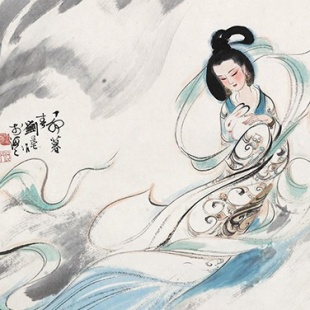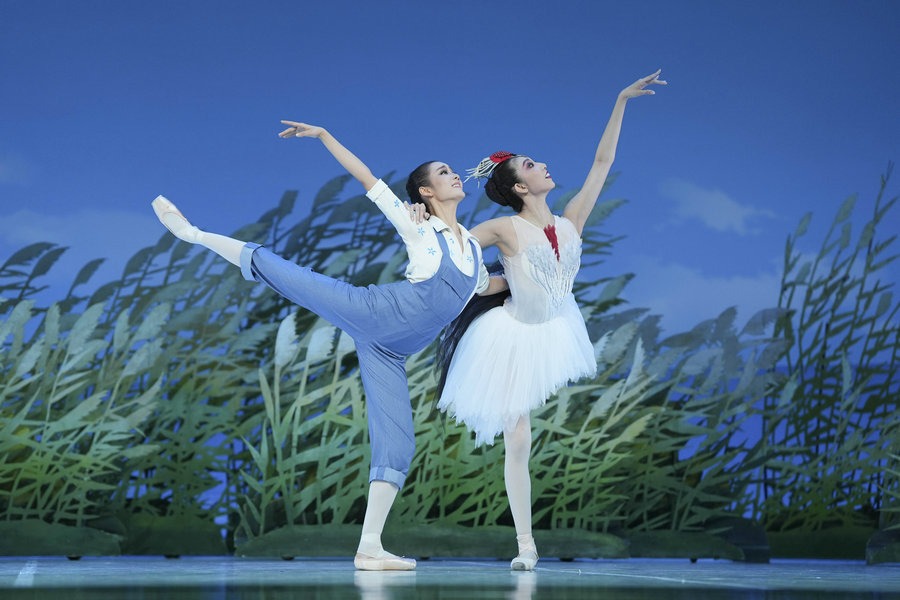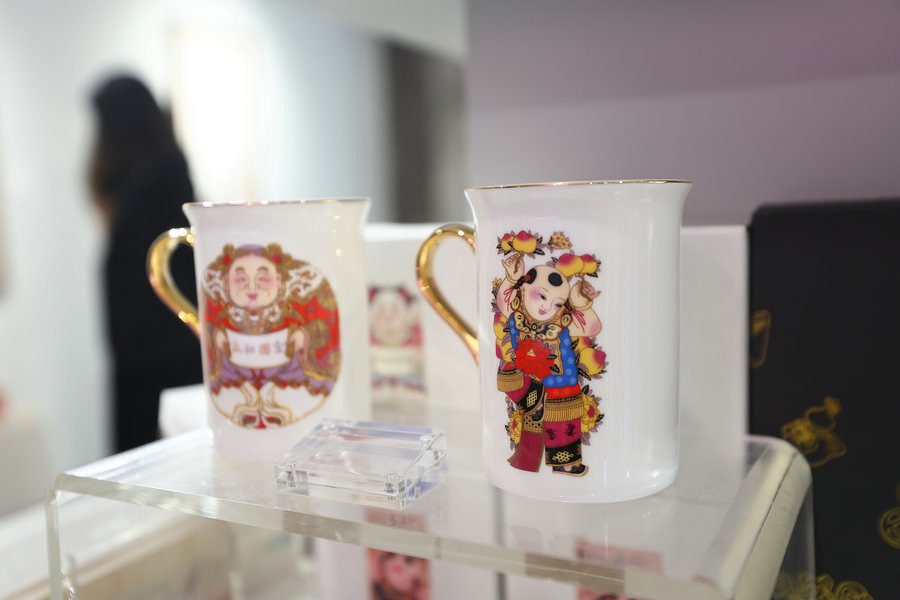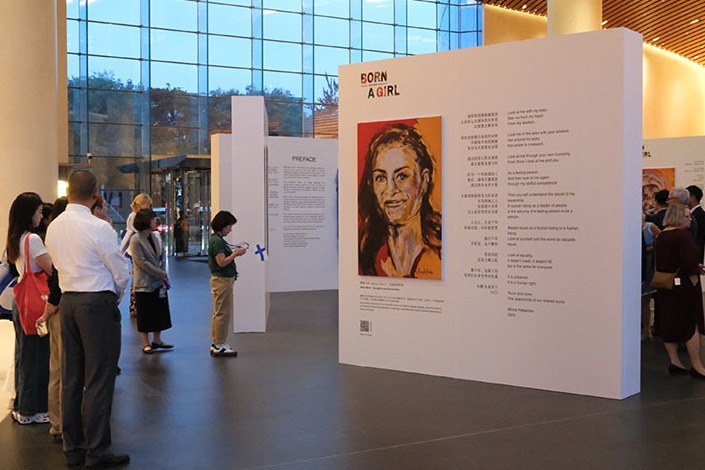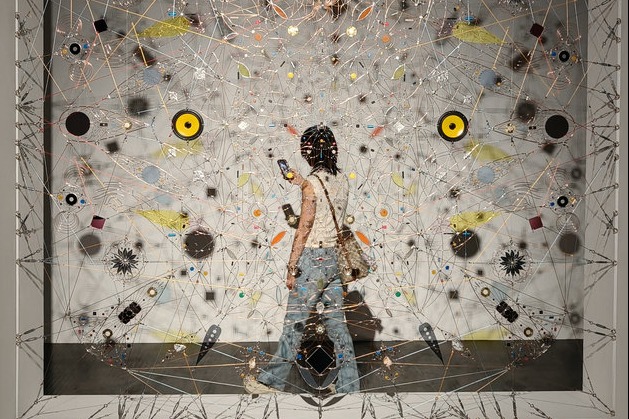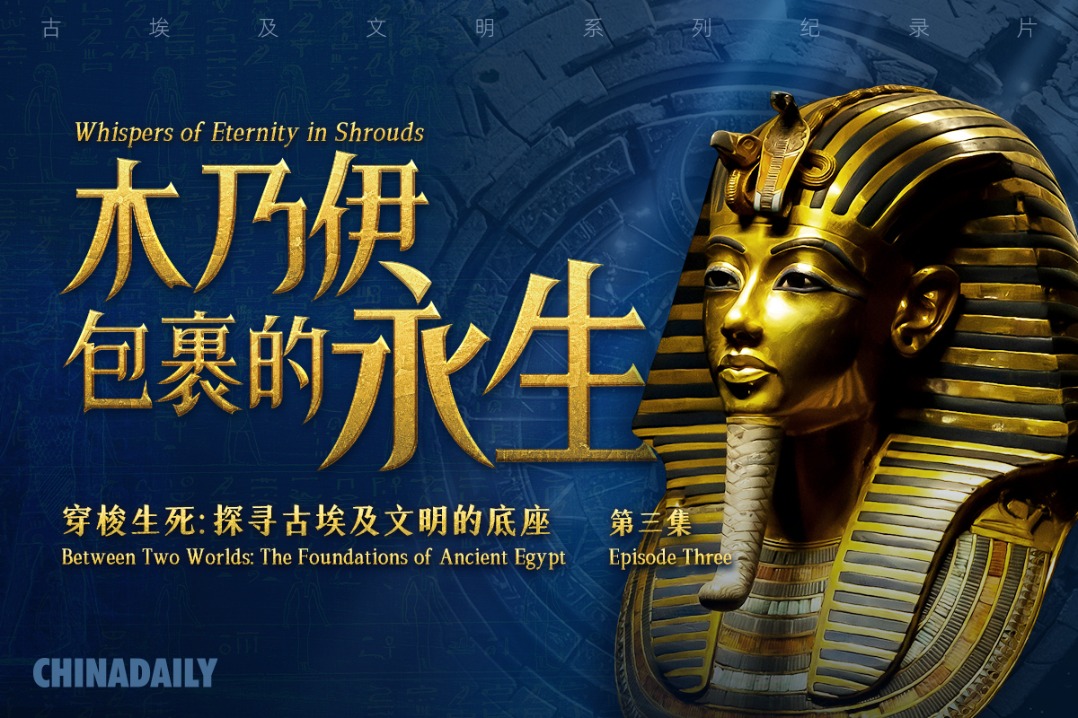Beyond mooncakes & lanterns: Enchanting legends of the Mid-Autumn Festival

The Mid-Autumn Festival, celebrated on the 15th day of the eighth lunar month, is one of the most cherished traditional festivals in many East Asian cultures. Beyond the mooncakes and lanterns, the festival is steeped in fascinating legends and folklore that have been passed down through generations, adding depth and meaning to the celebration.
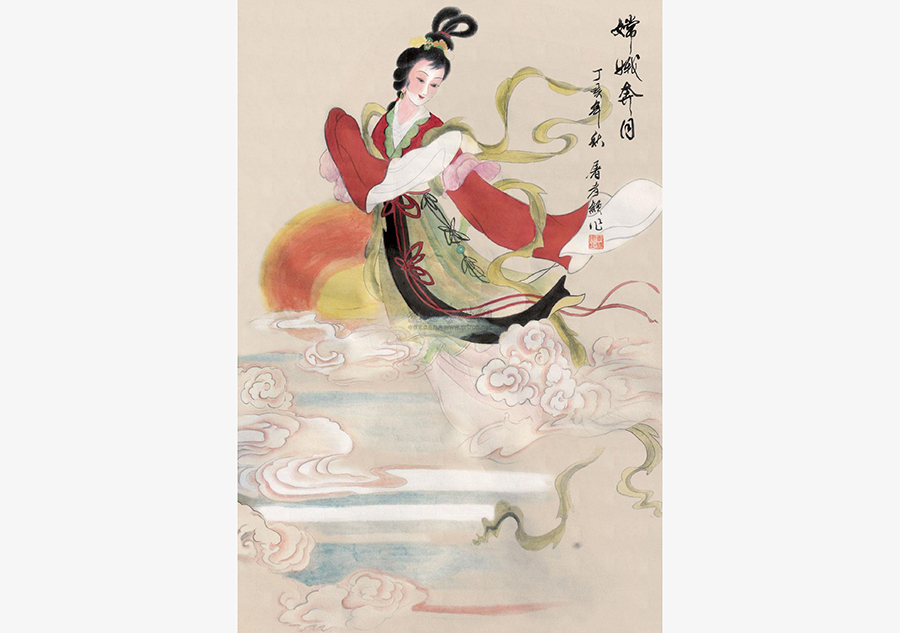
One of the most famous legends tied to the festival is the story of Chang'e, the Moon Goddess. According to the tale, Chang'e was the wife of the heroic archer Hou Yi, who saved the world by shooting down nine of the ten suns that scorched the earth. As a reward, Hou Yi received an elixir of immortality. However, to prevent the elixir from falling into the wrong hands, Chang'e drank it herself and ascended to the moon, where she resides to this day. During the Mid-Autumn Festival, people gaze at the moon, imagining Chang'e's graceful figure and paying tribute to her sacrifice.
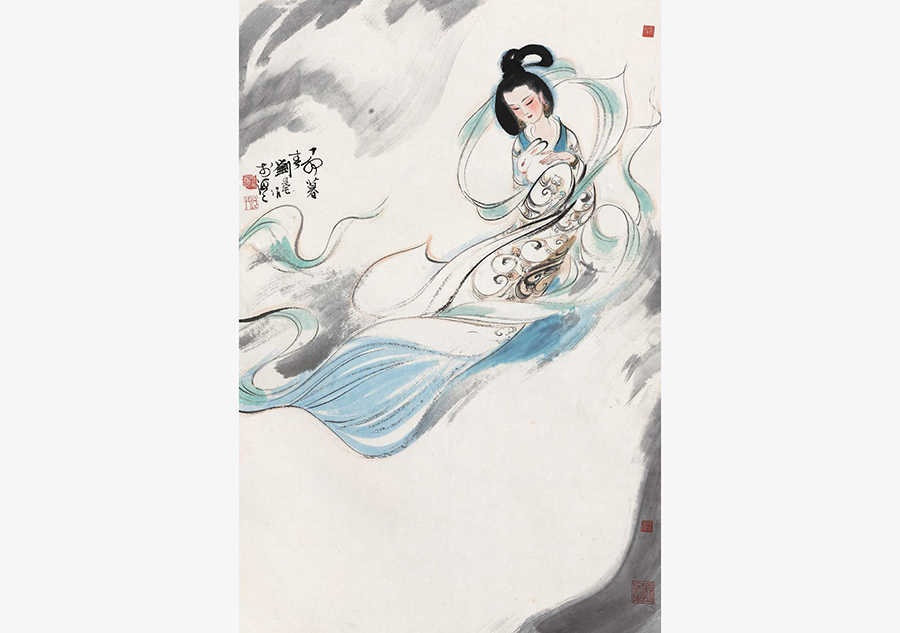
Another beloved tale is that of the Jade Rabbit, who is said to accompany Chang'e on the moon. The story goes that the Jade Rabbit was once a selfless creature who offered its own life to feed a hungry immortal disguised as a beggar. Touched by the rabbit's compassion, the immortal granted it eternal life on the moon, where it now pounds herbs to make the elixir of immortality.
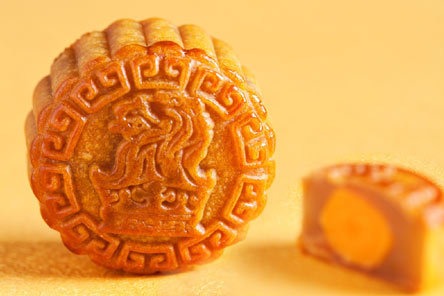
The festival is also linked to the Mooncake Uprising, a folklore from the Yuan Dynasty (1271-1368). Legend has it that mooncakes were used to hide secret messages, enabling the Han Chinese to organize a rebellion against their Mongol rulers. This story adds a layer of historical intrigue to the tradition of sharing mooncakes.
These legends not only enrich the Mid-Autumn Festival but also reflect themes of love, sacrifice, and unity. They remind us of the enduring power of storytelling in preserving cultural heritage.


